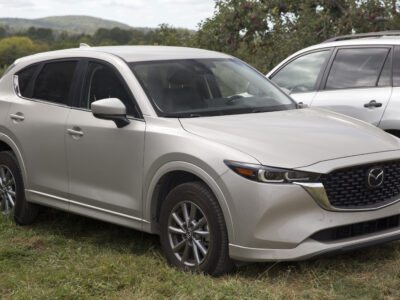
VW T-Cross vs VW Taigo: The Definitive 2024–2025 Comparison Guide
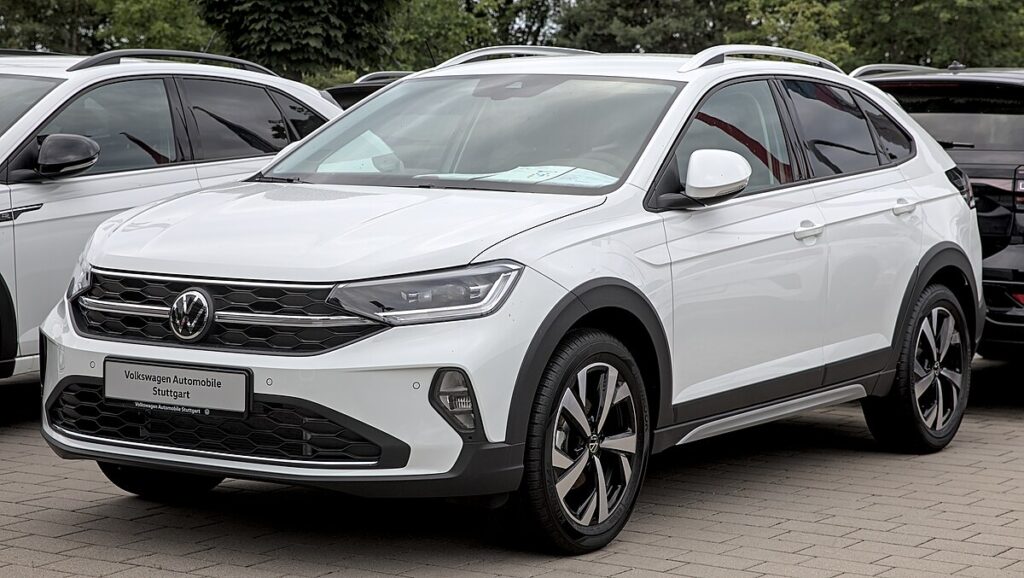
- Overview: Two Urban SUVs With Distinct Personalities
- Pricing and Running Costs
- Engine Line-up and Performance
- Dimensions, Daily Comfort and Practicality
- Design Philosophy and Styling Differences
- Interior Technology and Equipment
- Driving Experience
- Running Costs and Long-Term Value
- Safety and Driver Assistance Systems
- Which VW Wins the Comparison?
- Final Verdict
Overview: Two Urban SUVs With Distinct Personalities
We compare the Volkswagen T-Cross and Volkswagen Taigo, two of the brand’s most compelling urban SUVs. While they share MQB-A0 architecture, gasoline powertrains, and similar interior ergonomics, they diverge in design philosophy, driving feel, efficiency, and everyday usability. Below, we examine each area in depth to determine which model offers the stronger overall package for value-driven buyers.
Pricing and Running Costs
Price Comparison: Where Each VW Stands
The Taigo establishes an early edge with a lower starting price. Across the 2024–2025 line-up:
- VW T-Cross: €26,200 — €39,100
- VW Taigo: €23,300 — €38,900
The difference in entry pricing—around €2,900 in favour of the Taigo—positions it as the more cost-efficient choice for budget-focused buyers.
Fuel Consumption and CO₂ Emissions
In real-world efficiency, both models achieve impressive economy, but subtle differences exist:
| Model | Fuel Consumption (L/100 km) | CO₂ Emissions (g/km) |
|---|---|---|
| VW T-Cross | 5.4 – 6.0 | 124 – 136 |
| VW Taigo | 5.3 – 5.8 | 120 – 132 |
The Taigo’s marginally lower consumption—about 0.1 L/100 km on comparable engines—and slightly reduced CO₂ output make it the more efficient model on paper and at the pump.
Engine Line-up and Performance
Power Output and Engine Options
Both SUVs share the same TSI engine family and offer identical power ranges:
- 95 HP (1.0 TSI, 3-cyl.)
- 110 / 115 HP (1.0 TSI, 3-cyl.)
- 150 HP (1.5 TSI, 4-cyl.)
Torque is also shared: 175–250 Nm, depending on the configuration.
Acceleration and Speed: Where Each Car Gains Ground
Despite nearly identical mechanicals, the Taigo outperforms the T-Cross in every measurable dynamic:
| Performance Metric | T-Cross | Taigo | Difference |
|---|---|---|---|
| 0–100 km/h | 8.4 – 11.3 s | 8.2 – 11.1 s | Taigo quicker by ~0.2 s |
| Top speed | 180 – 200 km/h | 184 – 212 km/h | Taigo faster by up to 12 km/h |
| Maximum torque | 250 Nm | 250 Nm | Identical |
The Taigo’s slightly more aerodynamic coupé-inspired body improves acceleration and top speed, especially when equipped with the 150 HP 1.5 TSI.
Gearbox and Drivetrain
Both models feature:
- 6-speed manual gearbox
- 7-speed DSG dual-clutch transmission
- Front-wheel drive across all variants
Transmission behaviour and throttle response feel virtually identical, though the Taigo delivers a smoother high-speed profile thanks to its sleeker design.
You may be interested in reading Peugeot 2008 vs Volkswagen T-Cross: The Definitive, Data-Rich Comparison Guide
Peugeot 2008 vs Volkswagen T-Cross: The Definitive, Data-Rich Comparison GuideDimensions, Daily Comfort and Practicality
Exterior Dimensions
The two models are compact, but the Taigo is longer and lower, contributing to its coupé-style appearance.
| Measurement | T-Cross | Taigo |
|---|---|---|
| Length | 4,127 mm | 4,266 mm |
| Width | 1,784 mm | 1,757 mm |
| Height | 1,573 mm | 1,518 mm |
| Wheelbase | Similar MQB-A0 proportions | Slightly longer stance |
Cabin Space and Seating
Both SUVs accommodate five passengers, though the T-Cross benefits from a more upright cabin, providing:
- Better headroom
- Easier ingress and egress
- A more traditional SUV seating position
In contrast, the Taigo offers:
- A lower, sportier seating angle
- More coupe-like ergonomics
- A more style-oriented interior design
Boot Space and Cargo Capacity
The T-Cross regains the advantage in practicality—an essential category for family buyers:
| Cargo Metric | T-Cross | Taigo | Difference |
|---|---|---|---|
| Boot capacity (standard) | 455 L | 440 L | T-Cross +15 L |
| Maximum cargo volume | 1,281 L | 1,222 L | T-Cross +59 L |
| Payload capacity | 463–480 kg | 448–457 kg | T-Cross +23 kg |
The figures make it clear: the T-Cross remains the more versatile and space-efficient option.
Weight and Handling
- T-Cross kerb weight: 1,267 – 1,338 kg
- Taigo kerb weight: 1,229 – 1,302 kg
The Taigo’s slightly lighter build contributes to sharper acceleration and a marginally more agile feel during city driving and motorway lane changes.
Design Philosophy and Styling Differences
T-Cross: The Rational, Everyday SUV
Key attributes:
- Boxier silhouette for maximum space
- Higher driving position
- Practical, smart packaging
- More conservative styling
The T-Cross appeals to drivers prioritizing functionality above all else.
Taigo: The Sportier Coupé-SUV Alternative
Key attributes:
- Sloping coupé-inspired roofline
- Dynamic proportions
- More expressive stance
- Stronger emphasis on visual appeal
The Taigo stands out for buyers who want design flair without sacrificing daily usability.
Interior Technology and Equipment
Infotainment and Connectivity
Both models share the latest VW in-car systems:
You may be interested in reading Peugeot 2008 vs Volkswagen T-Cross: The Definitive, Data-Rich Comparison Guide
Peugeot 2008 vs Volkswagen T-Cross: The Definitive, Data-Rich Comparison Guide Nissan Qashqai vs Volkswagen T-Cross: Definitive 2025 Comparison for Buyers
Nissan Qashqai vs Volkswagen T-Cross: Definitive 2025 Comparison for Buyers- MIB3 infotainment platform
- 6.5" to 9.2" touchscreen options
- Digital Cockpit or Digital Cockpit Pro
- Wireless App-Connect (CarPlay / Android Auto)
- Optional ambient lighting and enhanced driver aids
Trim Levels
Both line-ups include:
- Life
- Style
- R-Line
- DSG-equipped variants
The Taigo additionally introduces ENERGY trims, offering bolder styling and enhanced equipment packages.
Driving Experience
Urban Driving
- T-Cross: More upright visibility, more robust pothole absorption
- Taigo: Smoother aerodynamics, slightly more responsive steering at medium speeds
Motorway Comfort
- Taigo feels more stable due to its lower centre of gravity
- T-Cross offers better lateral visibility and cabin spaciousness
Ride and Noise Levels
Both models suppress road noise effectively, but:
- The Taigo manages wind noise better
- The T-Cross absorbs uneven road surfaces with more composure
Running Costs and Long-Term Value
Fuel and Servicing
Both models share similar service schedules and TSI maintenance requirements, though the Taigo’s fractional consumption advantage produces minor long-term savings over high annual mileage.
Depreciation
Historically, VW coupé-styled models like the Taigo maintain strong resale value due to their unique styling niche, but the T-Cross benefits from broader mass-market demand—often resulting in more stable long-term depreciation curves.
Safety and Driver Assistance Systems
Both vehicles include:
- Front Assist with autonomous braking
- Lane Assist
- Side Assist blind-spot monitoring
- Adaptive Cruise Control (optional)
- Rear Cross-Traffic Alert
- Park Assist
The Taigo may offer more advanced standard equipment in select trims, especially in the Style and R-Line variants.
Which VW Wins the Comparison?
After analysing pricing, efficiency, performance, practicality, and design appeal, the overall winner emerges clearly:
The VW Taigo is the more balanced and compelling choice for most drivers.
It excels with:
- Lower purchase price
- Better acceleration
- Higher top speed
- Slightly improved efficiency
- Lighter, more agile feel
- Coupé-SUV aesthetics
However:
The VW T-Cross remains the superior option for buyers prioritizing space, comfort, and practicality.
Its larger boot, more upright cabin, and generous payload make it the logical pick for families and utility-focused owners.
You may be interested in reading Peugeot 2008 vs Volkswagen T-Cross: The Definitive, Data-Rich Comparison Guide
Peugeot 2008 vs Volkswagen T-Cross: The Definitive, Data-Rich Comparison Guide Nissan Qashqai vs Volkswagen T-Cross: Definitive 2025 Comparison for Buyers
Nissan Qashqai vs Volkswagen T-Cross: Definitive 2025 Comparison for Buyers Ford Puma vs Volkswagen T-Cross: The Ultimate In-Depth Comparison for 2025
Ford Puma vs Volkswagen T-Cross: The Ultimate In-Depth Comparison for 2025Final Verdict
Both SUVs deliver classic Volkswagen quality and refinement, but the choice ultimately depends on driver priorities:
- Choose T-Cross → if you want pure practicality, excellent interior room, and a more traditional SUV feel.
- Choose Taigo → if you prefer sportier styling, stronger performance, and better value across the range.
For most buyers, the VW Taigo emerges as the stronger all-rounder—but the T-Cross maintains an undeniable edge in everyday utility.
If you want to know other articles similar to VW T-Cross vs VW Taigo: The Definitive 2024–2025 Comparison Guide you can visit the category Models.
Deja una respuesta

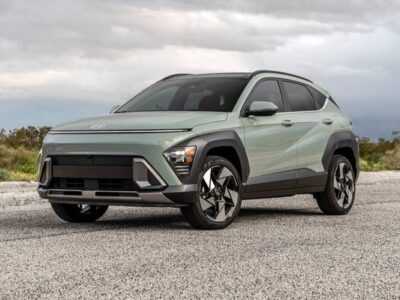

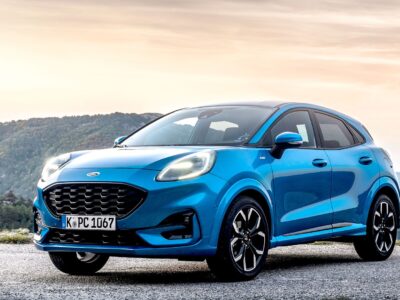
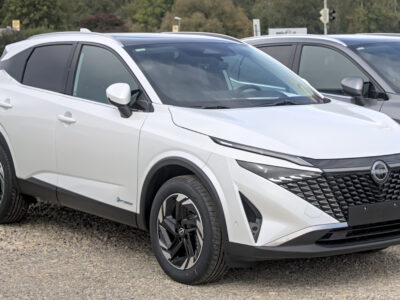
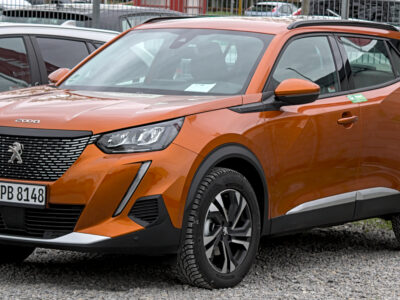
More content of your interest